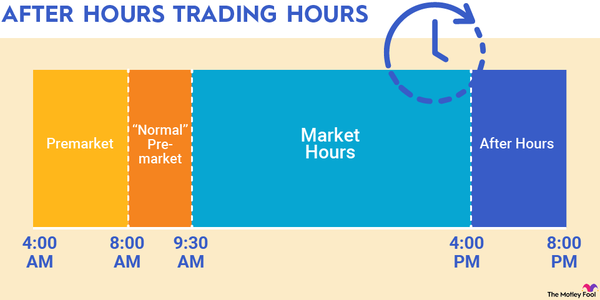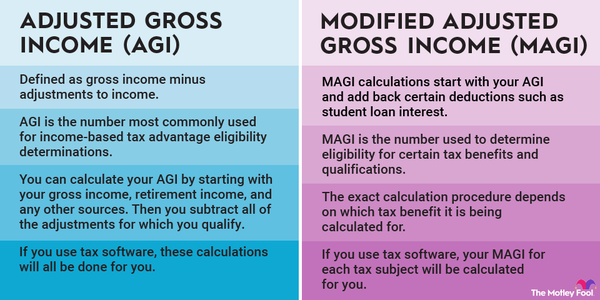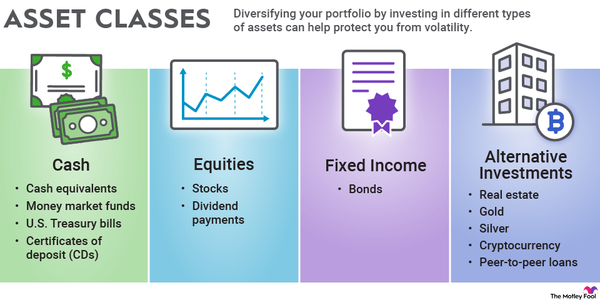Most businesses seek to maximize revenue or profits, but one of the most important key performance indicators (KPIs) is average revenue per user (ARPU), a key driver of both revenue and profits. Arguably, ARPU is even more important than total revenue because it shows that the company isn't adding revenue by simply bringing in new customers, possibly at a discounted price.

What is ARPU?
What is average revenue per user?
ARPU is a straightforward financial metric that investors and business managers use to measure how much revenue the average customer generates for the business over a given period, such as a year, a quarter, or a month.
How it's used
How ARPU is used
Average revenue per user is used by a wide range of businesses. However, as the word "user" implies, it's primarily used by tech companies, which tend to refer to customers or people on their platforms as users.
The metric is helpful for a subscription-based company or a social media network in which the user is the key unit of value. ARPU is one way of measuring how efficiently a business is extracting money from those users.
For tech companies, the metric is similar to sales per square foot in the retail business or average unit volume in the restaurant industry. Both show how efficiently those businesses are using their spaces. ARPU allows a company to compare its current results to previous ones and allows investors to compare companies in the same sector based on ARPU.
All other things being equal, a business in the same industry and with a higher ARPU is probably stronger. For example, the ARPU for Meta Platforms (META 1.54%) on Facebook is much higher than that of peers like Snapchat (SNAP 6.7%) and Pinterest (PINS 0.43%).
Importance
Why is ARPU important?
Average revenue per user can give investors a lot of important insights. For example, if ARPU is growing, it can mean that the underlying business is improving. It's also a good number to examine to see how events, such as inflation or high interest rates, affect a company.
You can use ARPU to compare one business with another, and some financial reporting also allows you to look at profit per user. ARPU offers one-half of the equation needed to know how much revenue a business has, the other half being the total number of users.
Both numbers are important. However, depending on the industry, ARPU is arguably more important than the number of users. The social media industry typically makes money from advertising. So, it's easier to grow revenue by increasing ARPU than by adding new users.
In social media, ARPU is a reflection of how much value advertisers get from the platform, and the most successful businesses find ways to add that value. Growing the user base is important, but most platforms have growth ceilings because a limited population is interested in the service.
An example of ARPU
What's an example of average revenue per user?
One company that regularly uses average revenue per user is Netflix (NFLX -0.51%). The streaming entertainment service actually refers to this metric as average revenue per member (ARM), but it means the same thing.
ARPU is important for Netflix because it blends revenue from streaming subscriptions and from advertising, although the vast majority of its revenue comes from streaming. Increasing ARPU is a strategic goal of Netflix, which aims to do so by raising prices and growing its advertising tier.
Related investing topics
ARPU fell 1% in the quarter as its subscriber mix shifted to countries with lower subscription prices. The company breaks down ARPU on a regional basis, showing that the figure rose in Latin America and Europe but fell in its two other regions.
Investors will want to see those ARPU figures increase over the coming quarters, which should help drive Netflix's stock price higher. The company has recently seen a boom in subscriber growth thanks to its crackdown on password sharing. However, subscriber growth will eventually decelerate, and the company will want to increase ARPU.















































